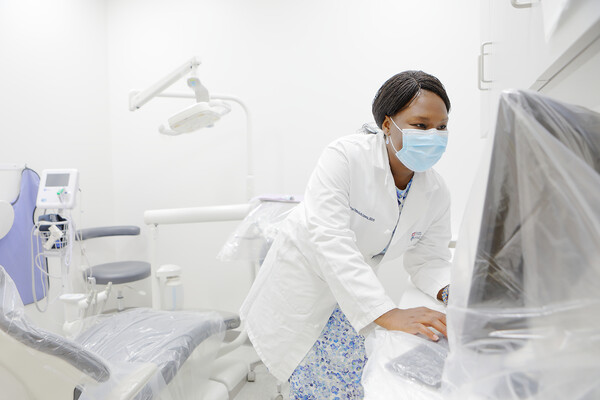 Temitope Omolehinwa came to Penn in 2013 as a trainee, seeking to improve her skills in clinical practice. Now as a faculty member she’s leading an NIH-funded research project on HIV and oral health with both basic science and clinical components.
Temitope Omolehinwa came to Penn in 2013 as a trainee, seeking to improve her skills in clinical practice. Now as a faculty member she’s leading an NIH-funded research project on HIV and oral health with both basic science and clinical components.
Articles from Katherine Unger Baillie
 Temitope Omolehinwa came to Penn in 2013 as a trainee, seeking to improve her skills in clinical practice. Now as a faculty member she’s leading an NIH-funded research project on HIV and oral health with both basic science and clinical components.
Temitope Omolehinwa came to Penn in 2013 as a trainee, seeking to improve her skills in clinical practice. Now as a faculty member she’s leading an NIH-funded research project on HIV and oral health with both basic science and clinical components.
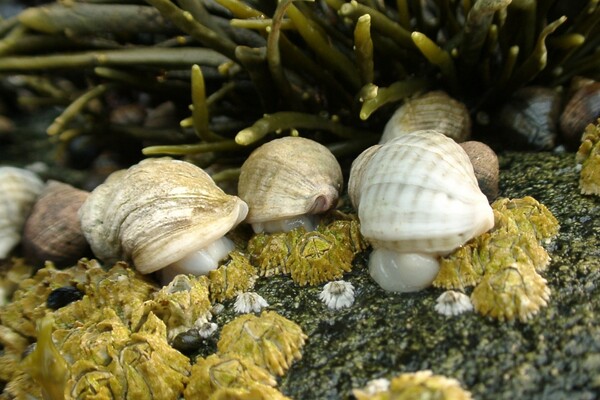
Dogwhelks feed on barnacles on the shores of Swan’s Island. New research documents slow and steady declines in these and other intertidal species that make up an important part of the area’s food chain. Climate change is a suspected culprit. (Image: Jonathan A. D. Fisher)
Declines in shellfish species on rocky seashores match climate-driven changes
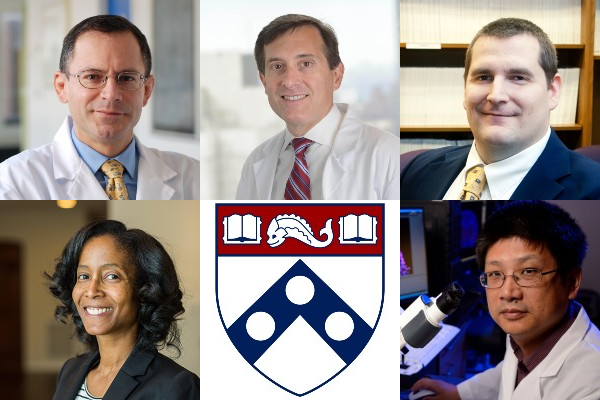
The National Academy of Medicine welcomed 100 new members in their class of 2020, including five from Penn: from top left: William Beltran, Ronald Paul DeMatteo, Matthew McHugh, Raina Merchant, and Hongjun Song.
Five Penn faculty elected to the National Academy of Medicine

This summer, Morgan Hoke in Penn’s Anthropology department fostered four kittens, including Finch seen here, cuddling with Hoke’s dog Nuna. (Image: Courtesy Morgan Hoke)
Fostering kittens, plus more Side Gigs for Good
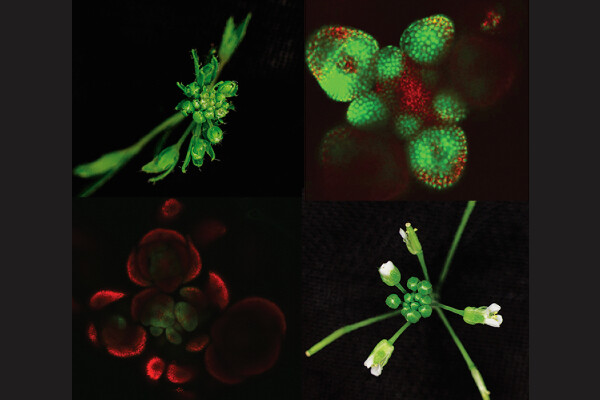
(Image: Wagner laboratory)
Dueling proteins give shape to plants
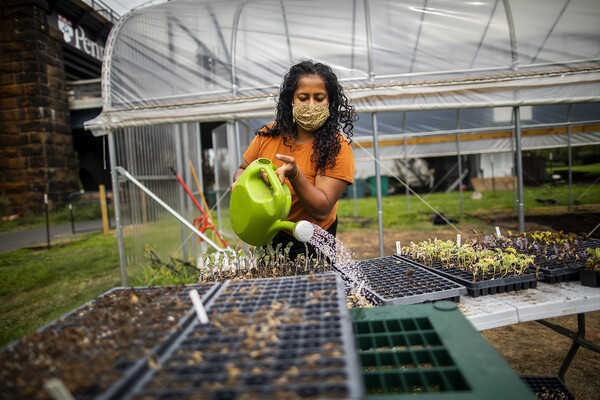
A farm for the community
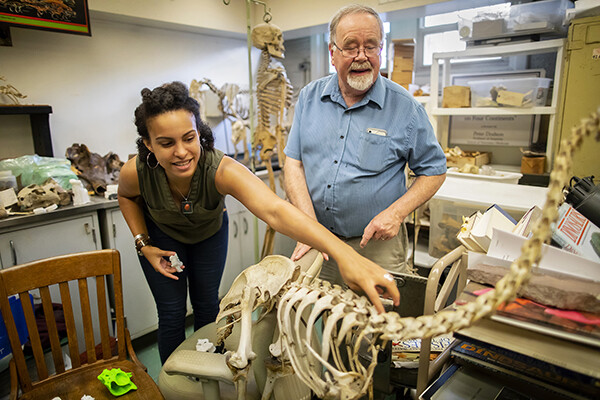
In paleontology, Peter Dodson is a king begetting kings
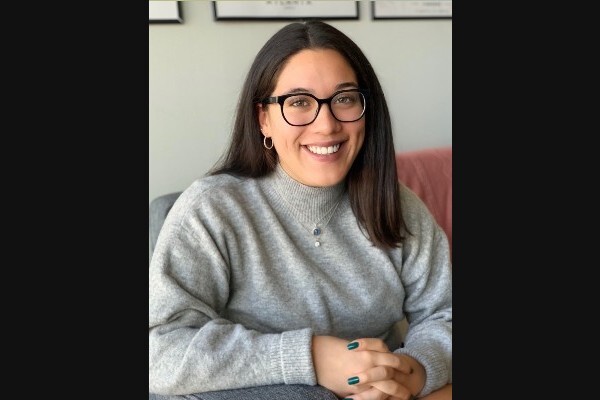
Aging and the costs that come with it
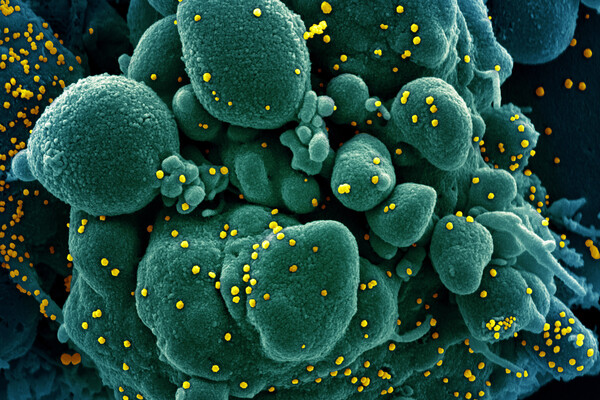
Long-term effects of COVID-19 and support to cope

Cynthia Otto (center) cared for search-and-rescue dogs during their work at the 9/11 disaster site, later studying the impact of their service on their health. (Image: Courtesy of Cynthia Otto)